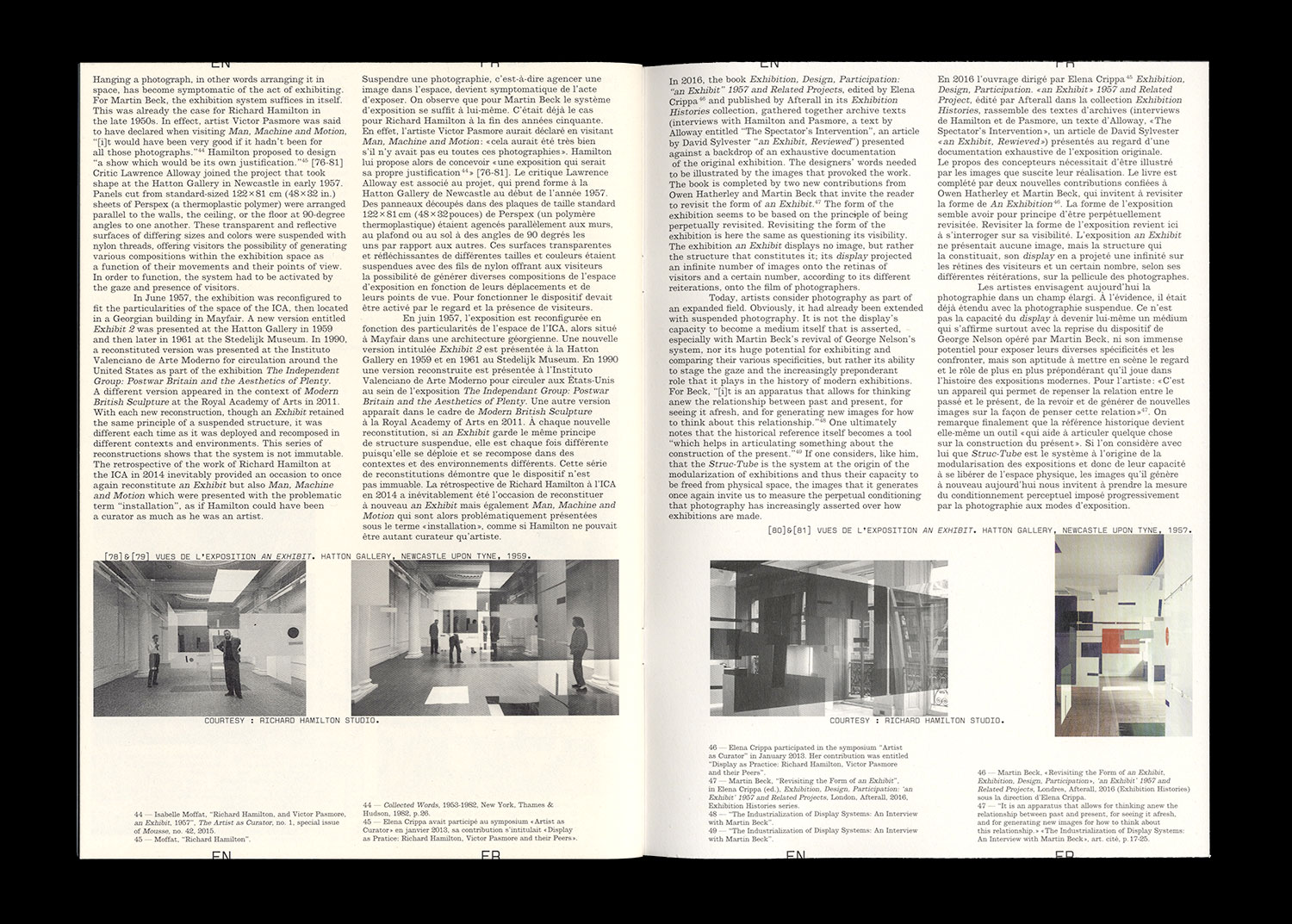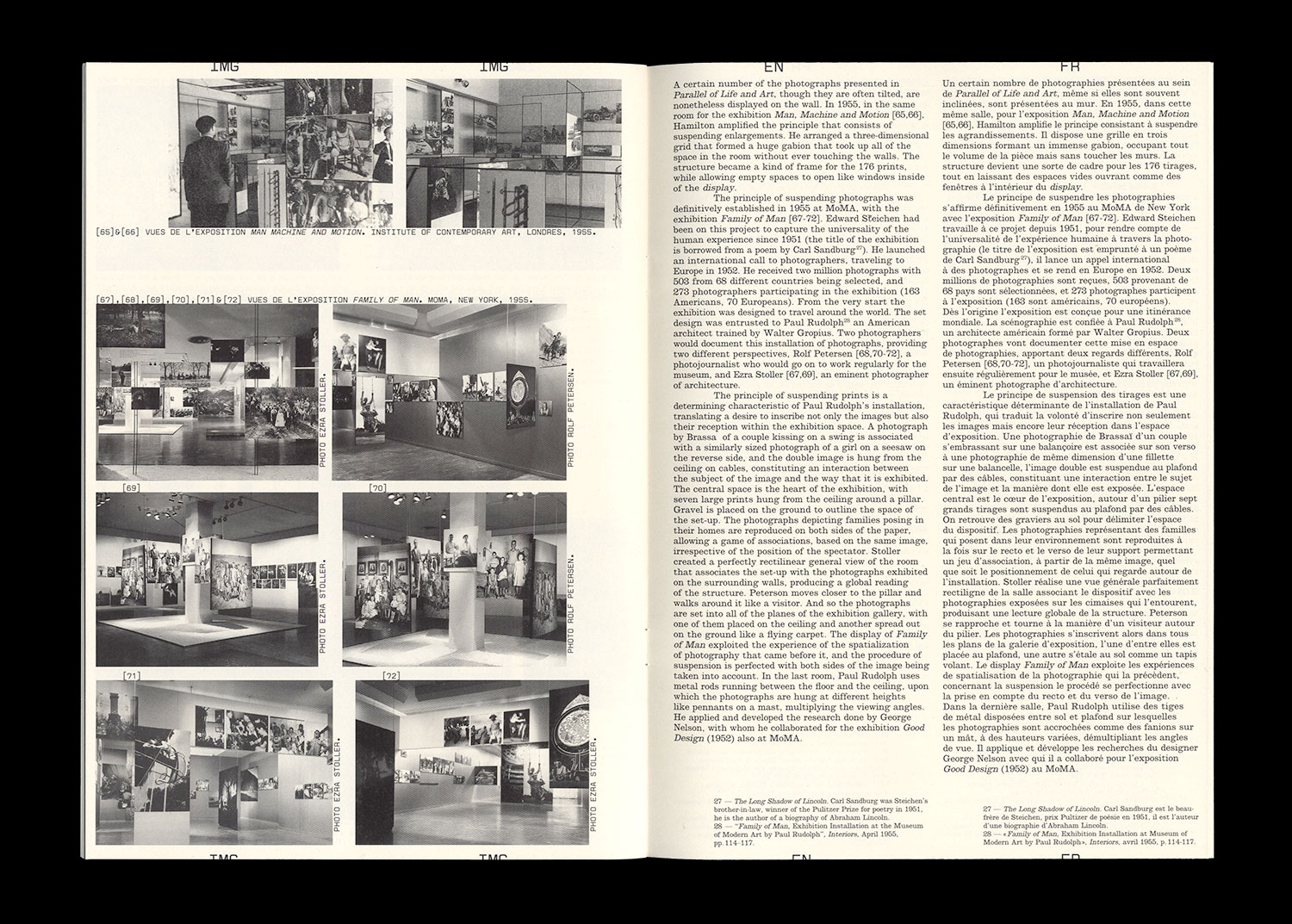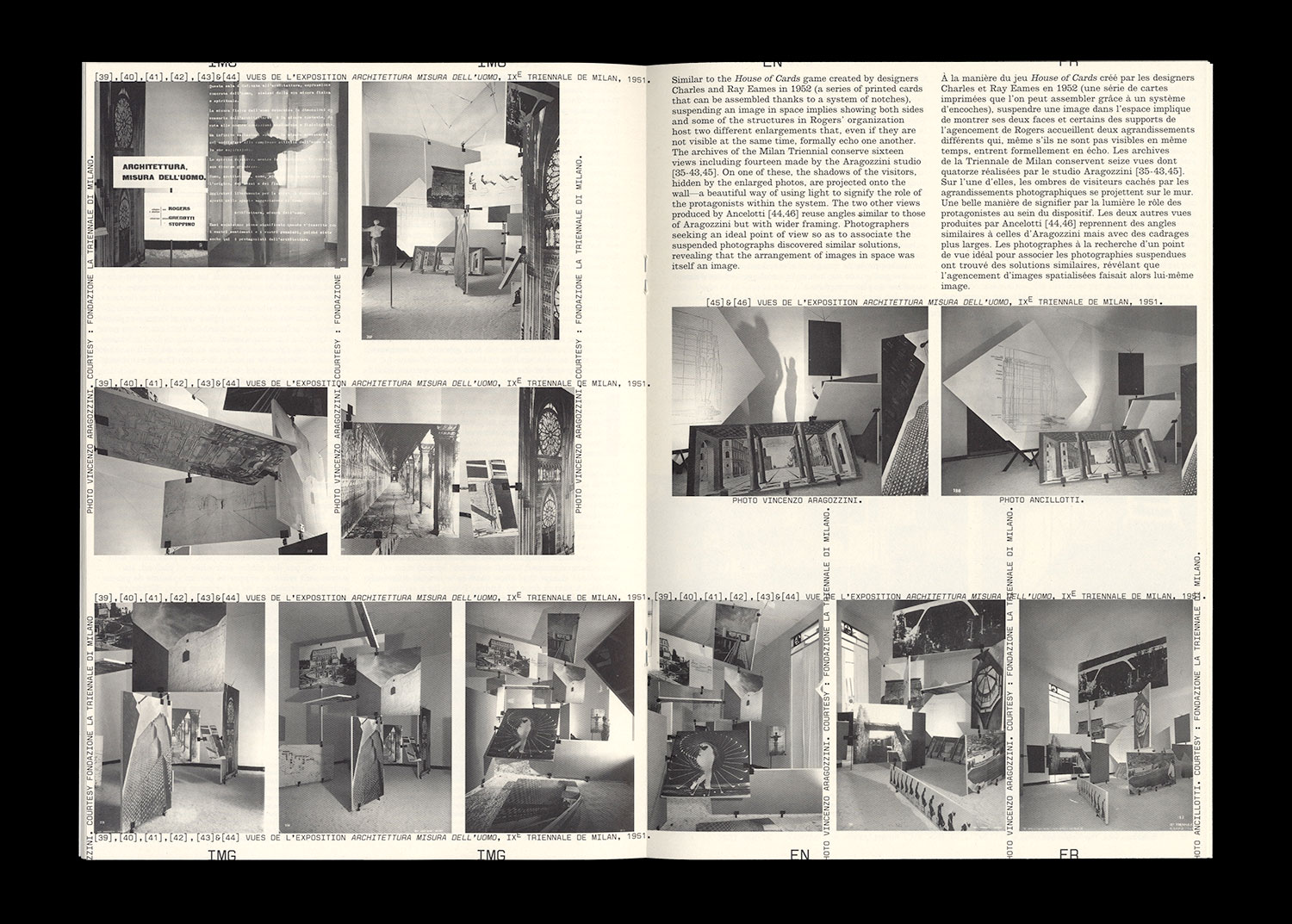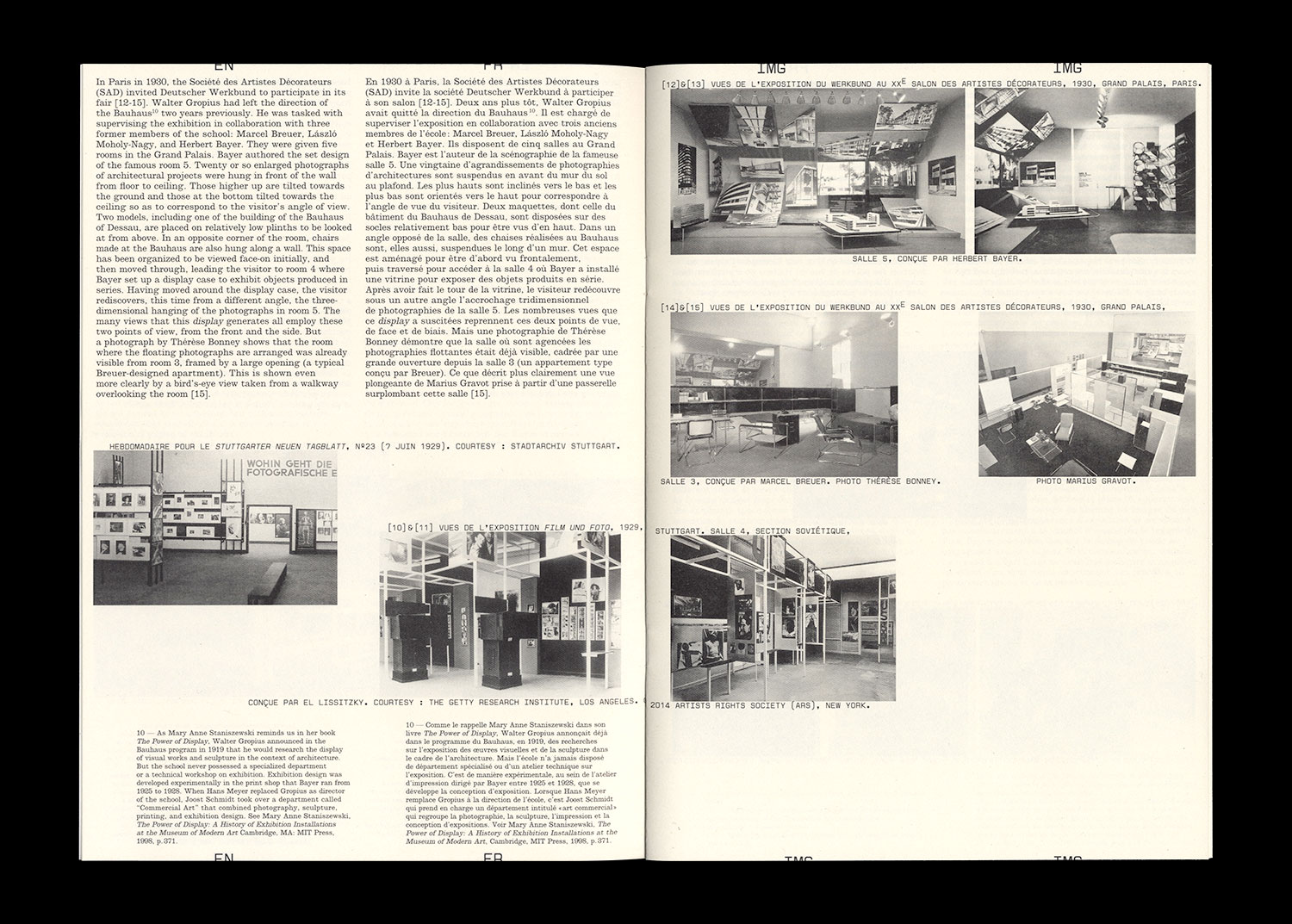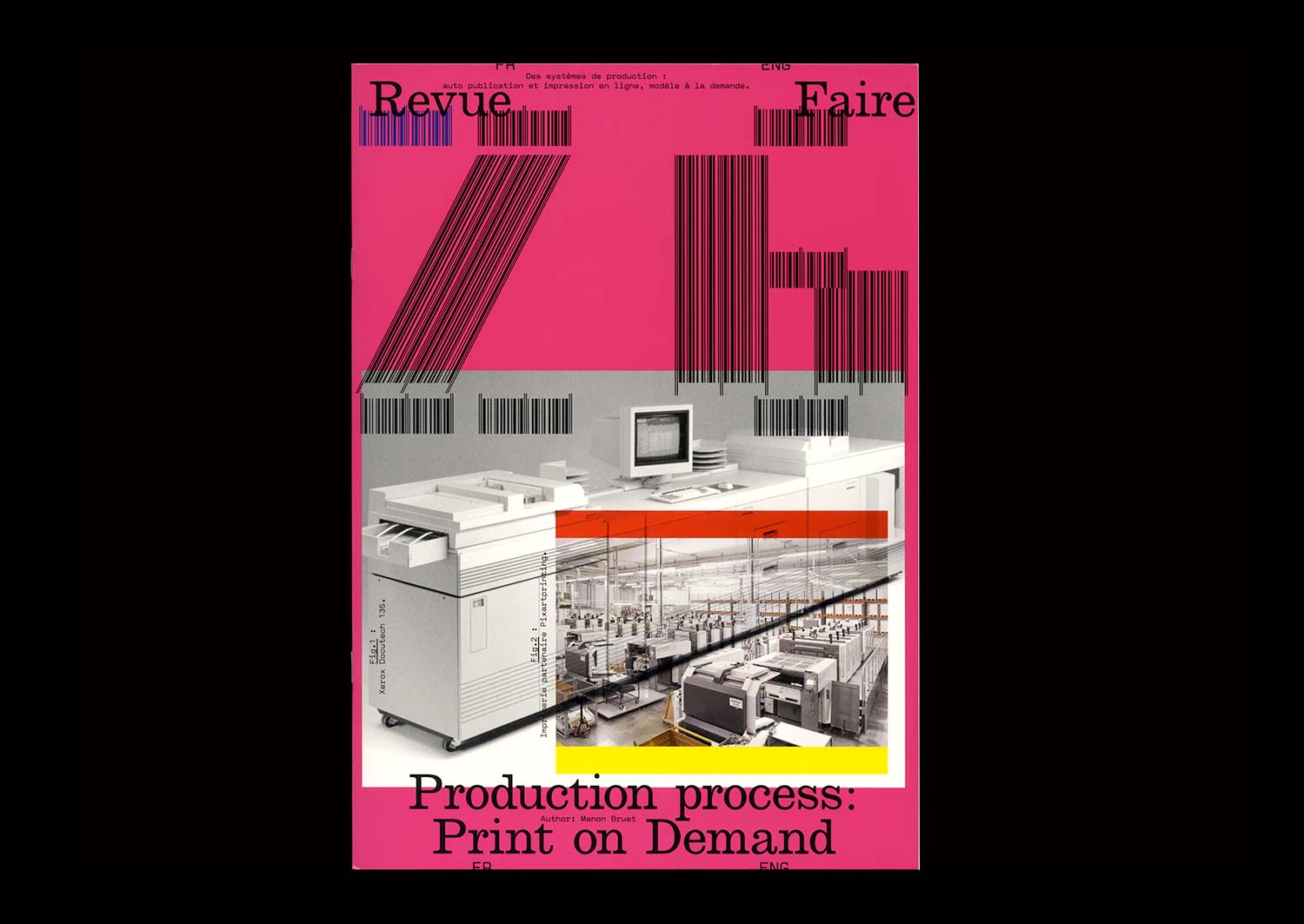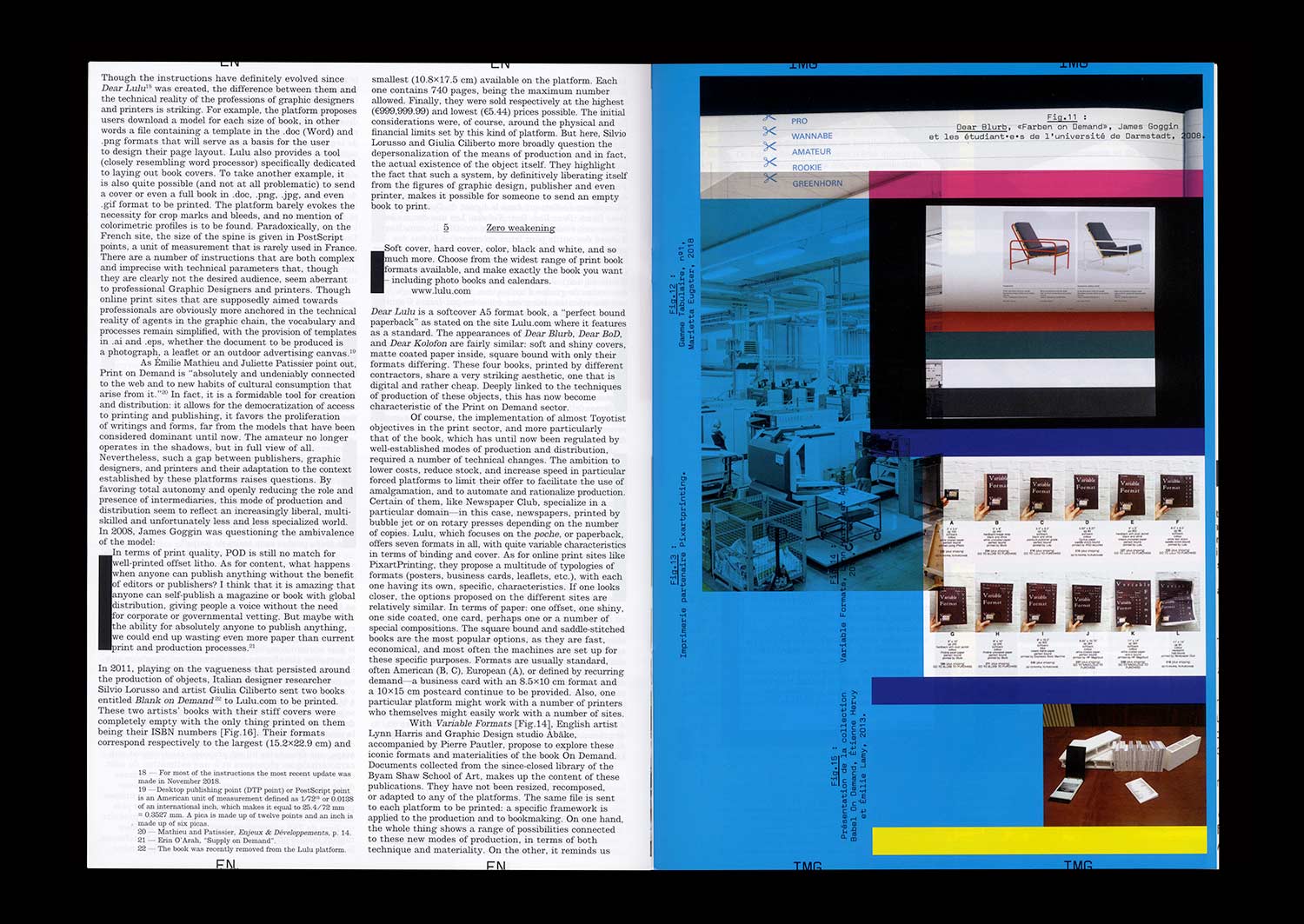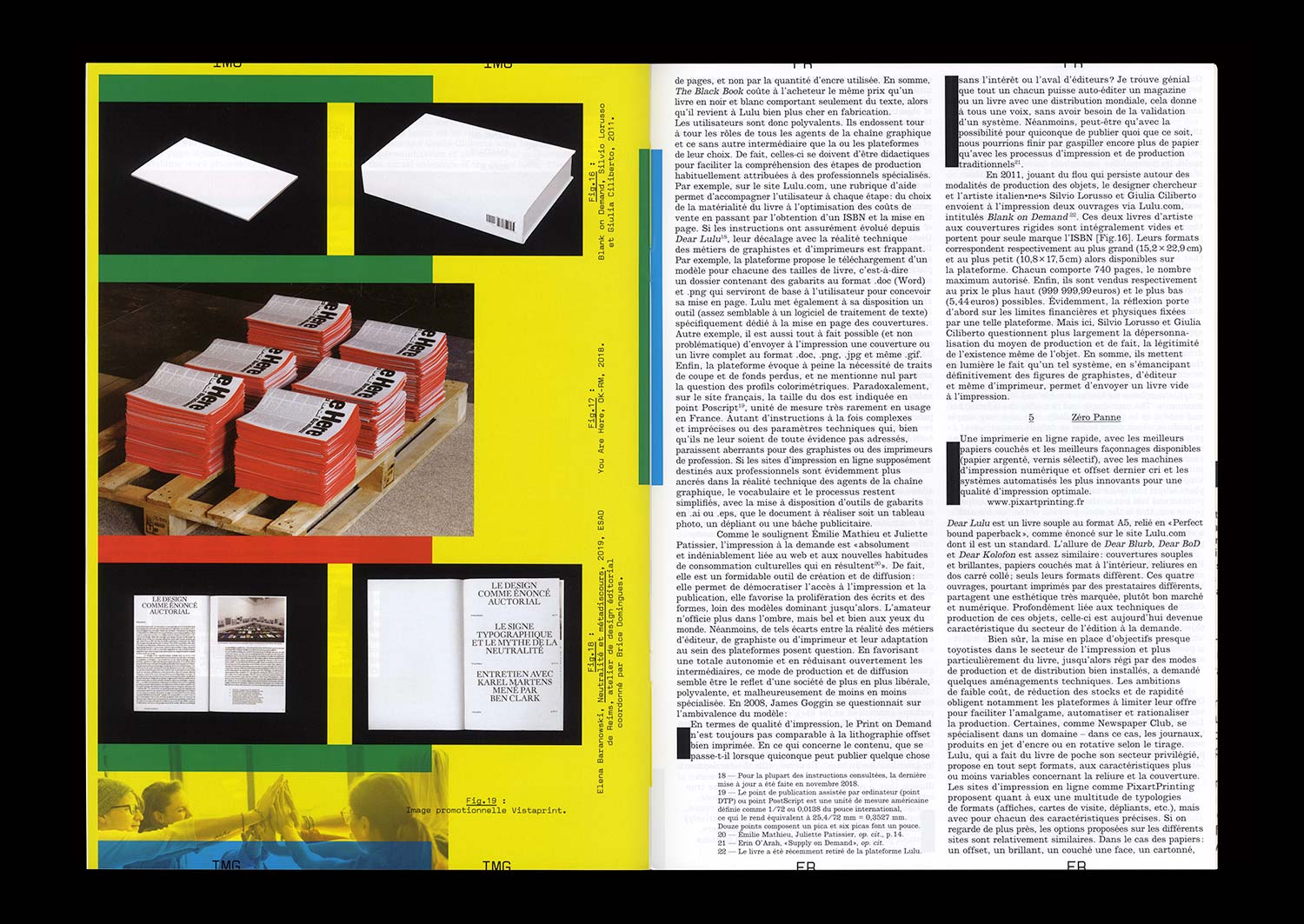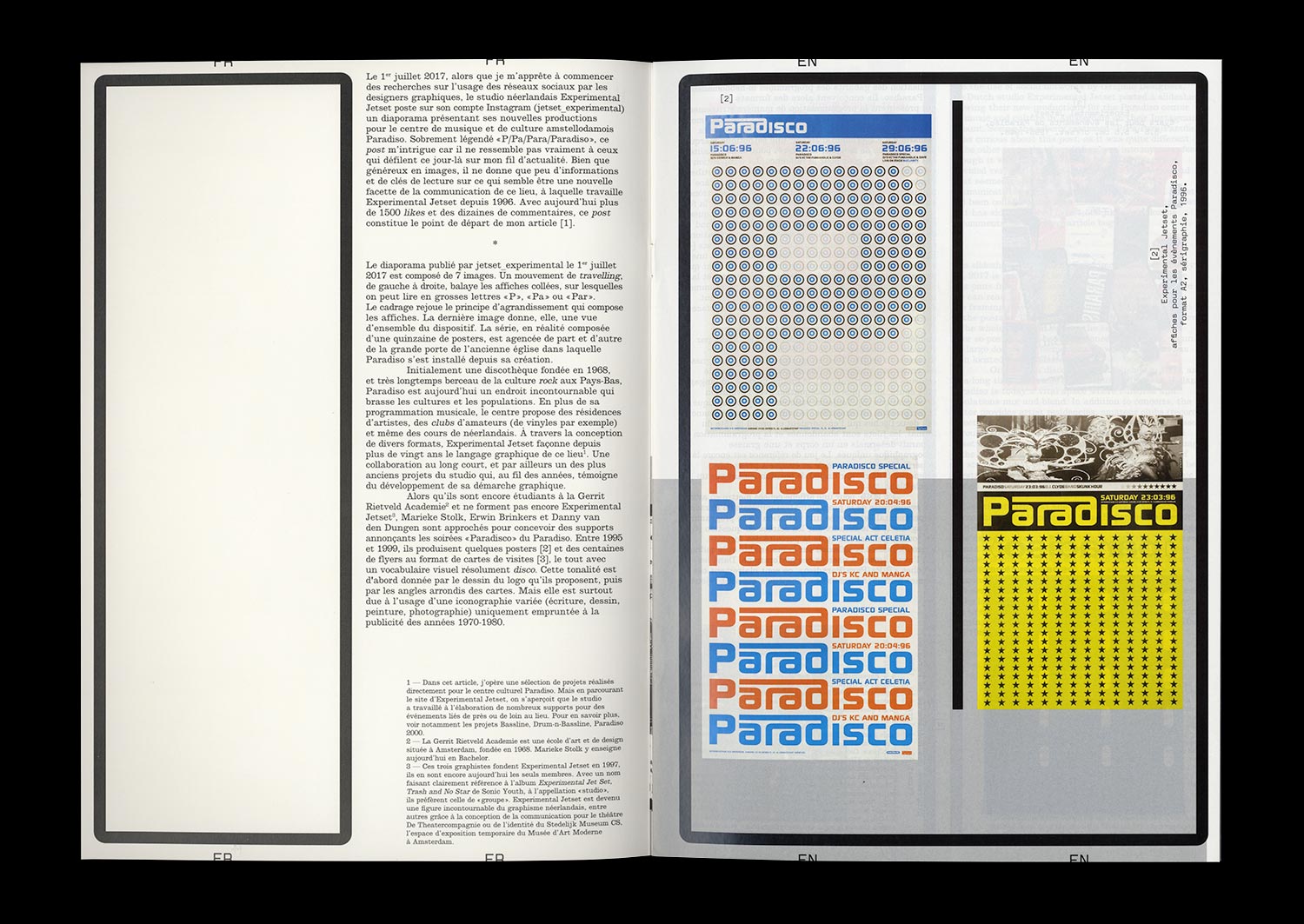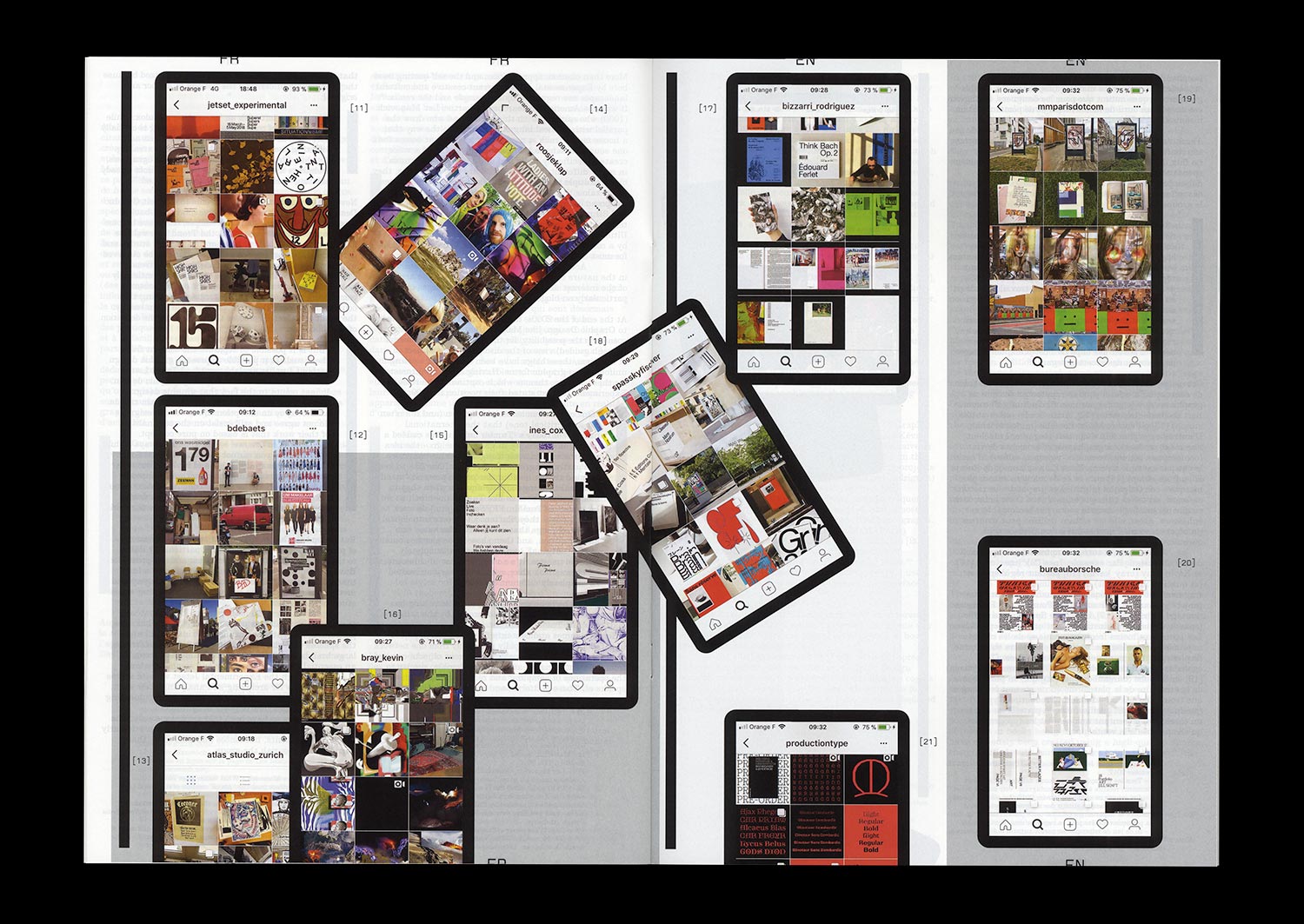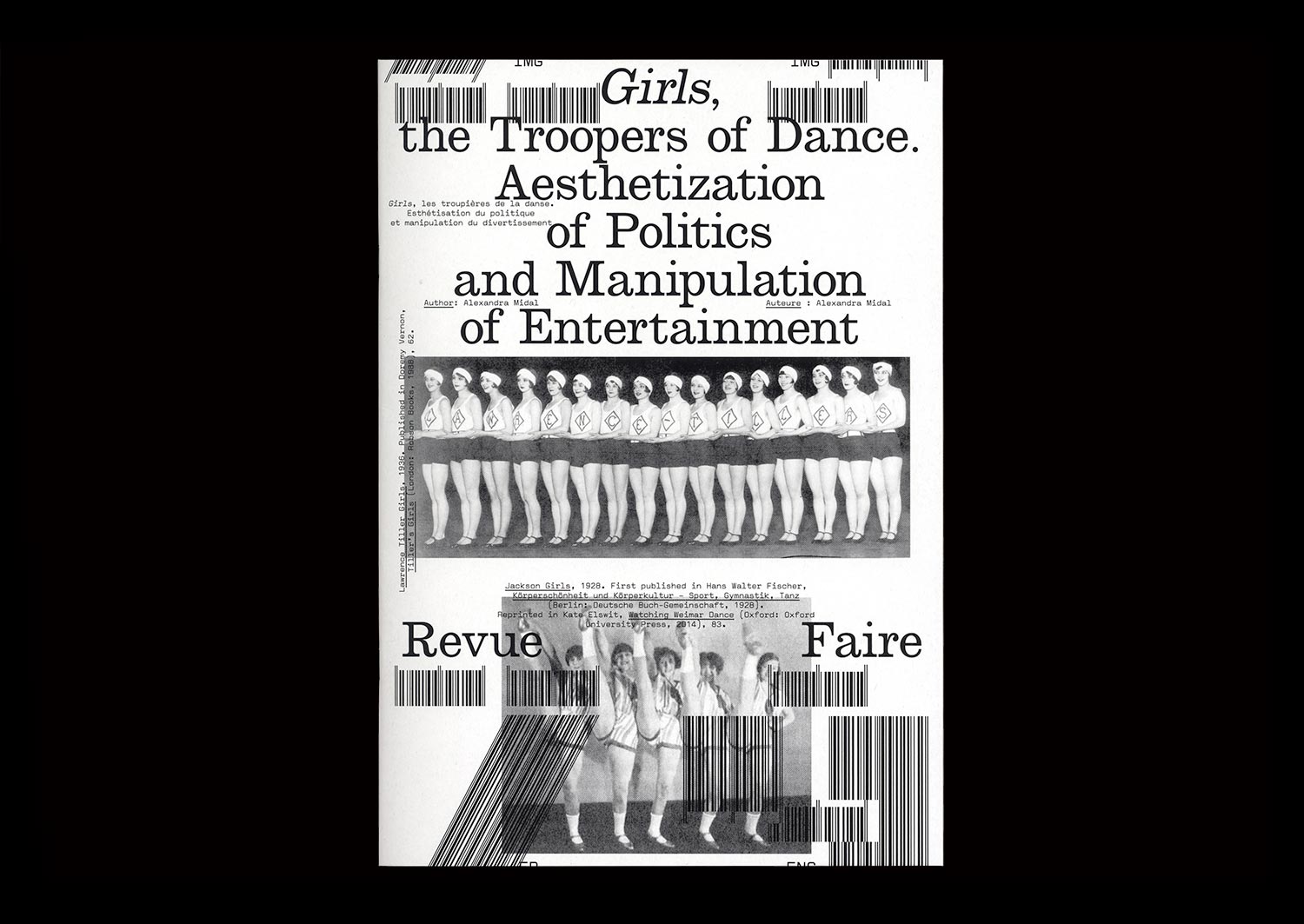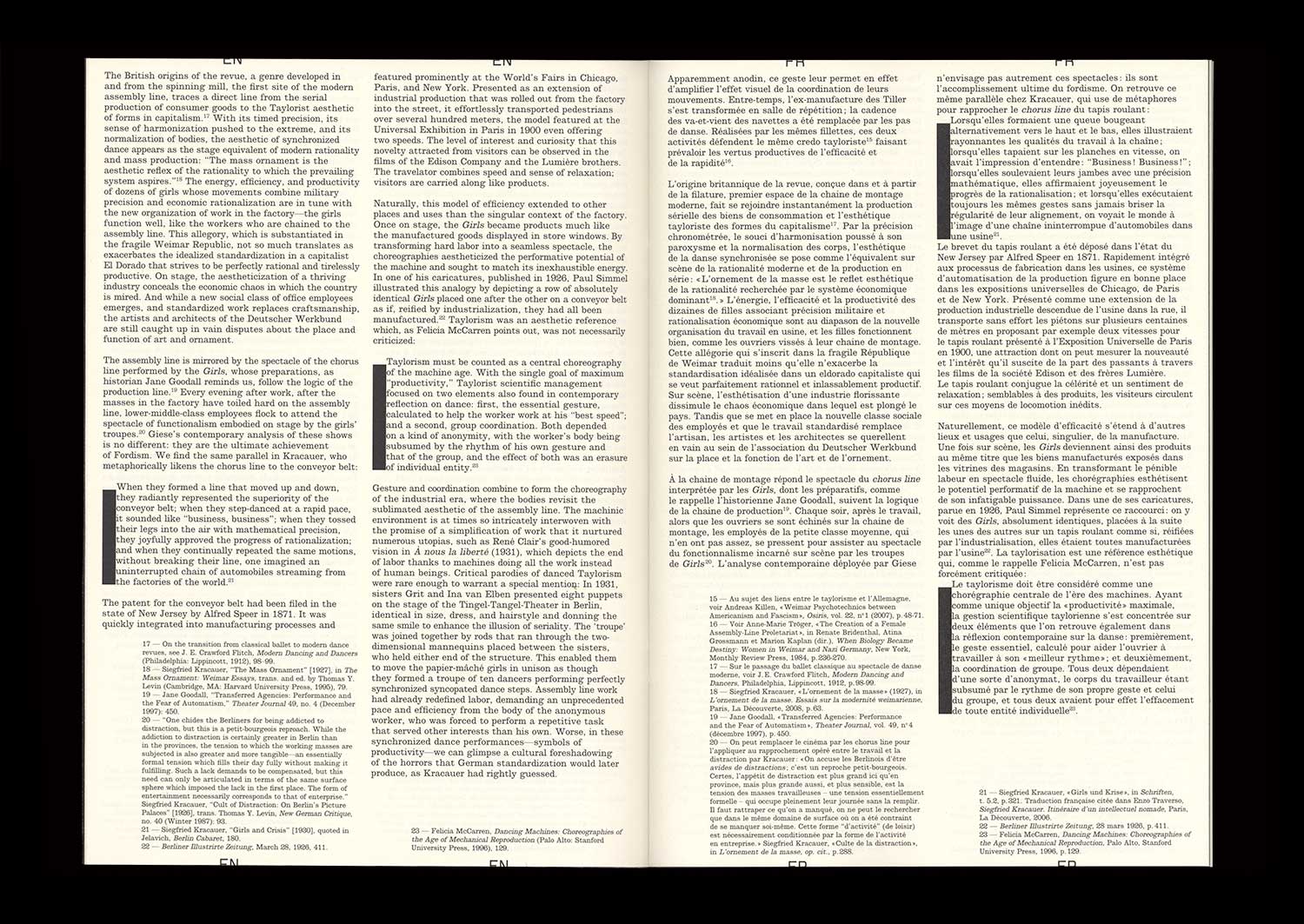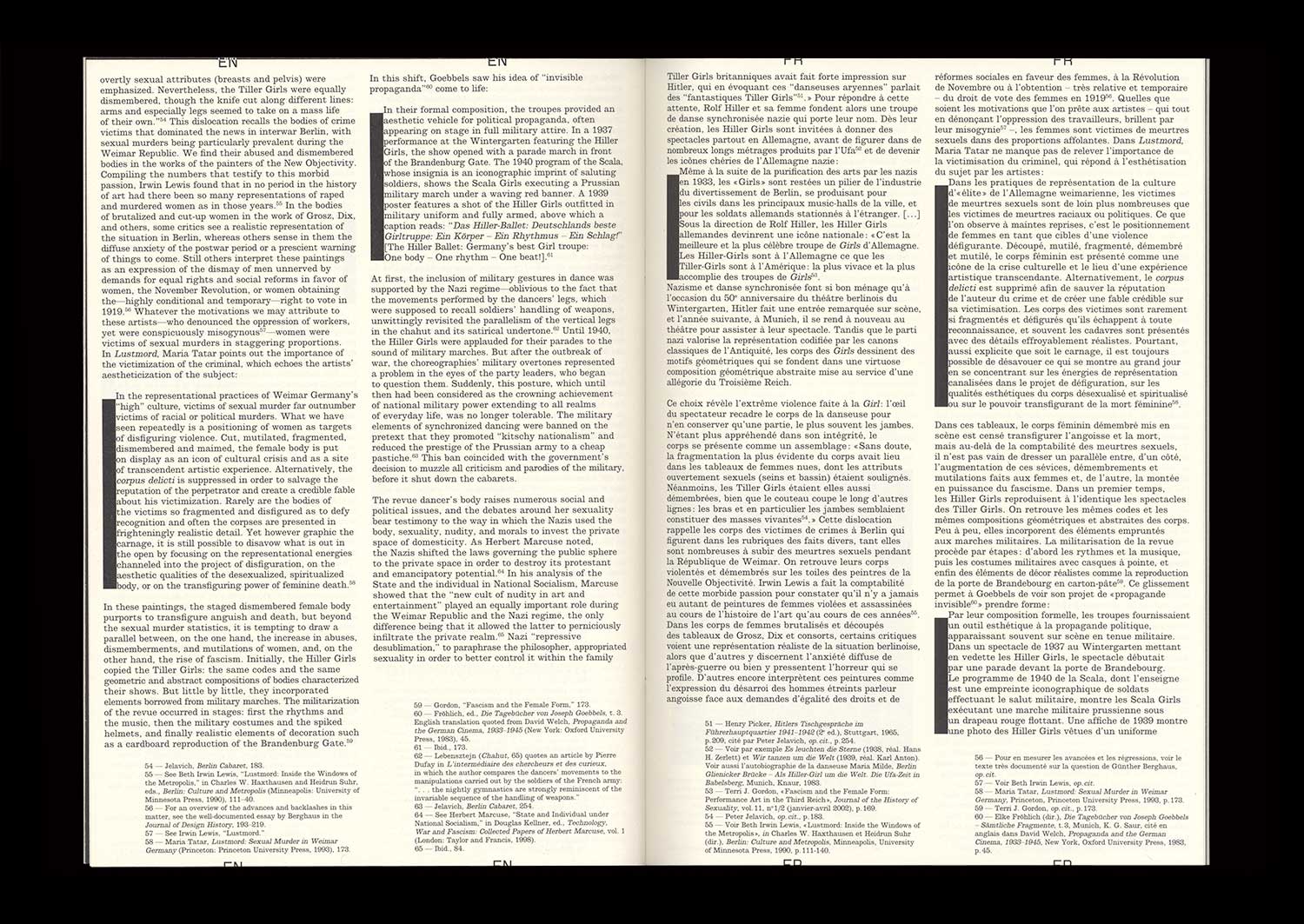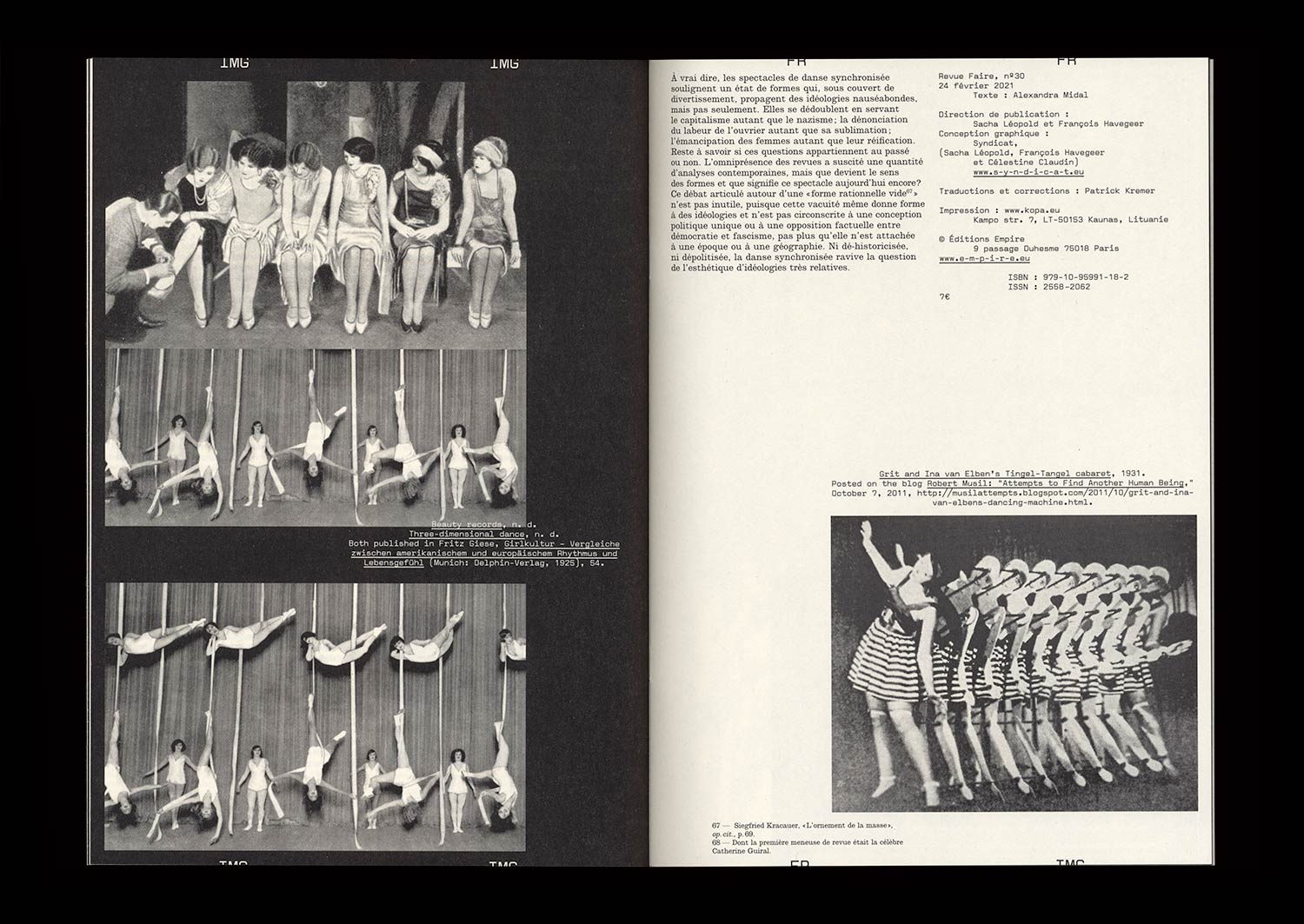n°36 — Photography suspended: Herbert Bayer. Author: Remi Parcollet
Author: Remi Parcollet
28 pages, 21 × 29,7 cm, CMYK + 1 PMS on cover
16 March 2022
ISBN: 979-10-95991-40-3
ISSN: 2558-2062
The trend of exhibiting photography, and more specifically documentary photography, was clearly established in 1951 with three exhibitions: The new landscape by György Kepes at the Massachusetts Institute of Technology, Architettura, misura dell’uomo (9th Triennial of Milan) by Ernesto N. Rogers, Vittorio Gregotti and Giotto Stoppino, and Parallel of Life and Art at the Institute of Contemporary Art (ICA) in London. The documentation of these three exhibitions played an essential role in the development of the modes of exhibition of photography. Like the MoMA exhibitions Road to Victory and Airway to Peace, staged by Herbert Bayer, they contribute to thinking that was developed masterfully in the book Display by Georges Nelson, published in 1956.
Bayer approached the modern exhibition based on the principles of the New Vision, and according to him it was important to not keep the spectator at a distance, but rather to accompany and envelop them. In 1961 he compiled his ideas around the design of exhibitions in an article entitled “Aspect of Design of Exhibitions and Museums”*, taking as a reference the Obmokhou exhibition in Moscow in 1921, where, through documentation, he observed “that a radical elimination of the unessential took place” resulting in a search for lightness and weightlessness using the minimum amount of materials. His thinking was that one should “eliminate all elements, structural and otherwise, that might detract from or interfere with the images themselves. The ultimate solution of this train of thought would be displays created without any material effort or visible support, placed in midair […]”.
* Herbert Bayer “Aspect of Design of Exhibitions and Museums”, Curator, vol. 4 n°3, 1961, p.267

